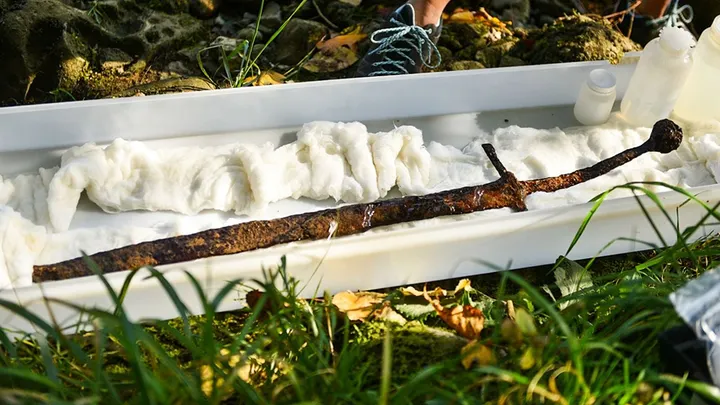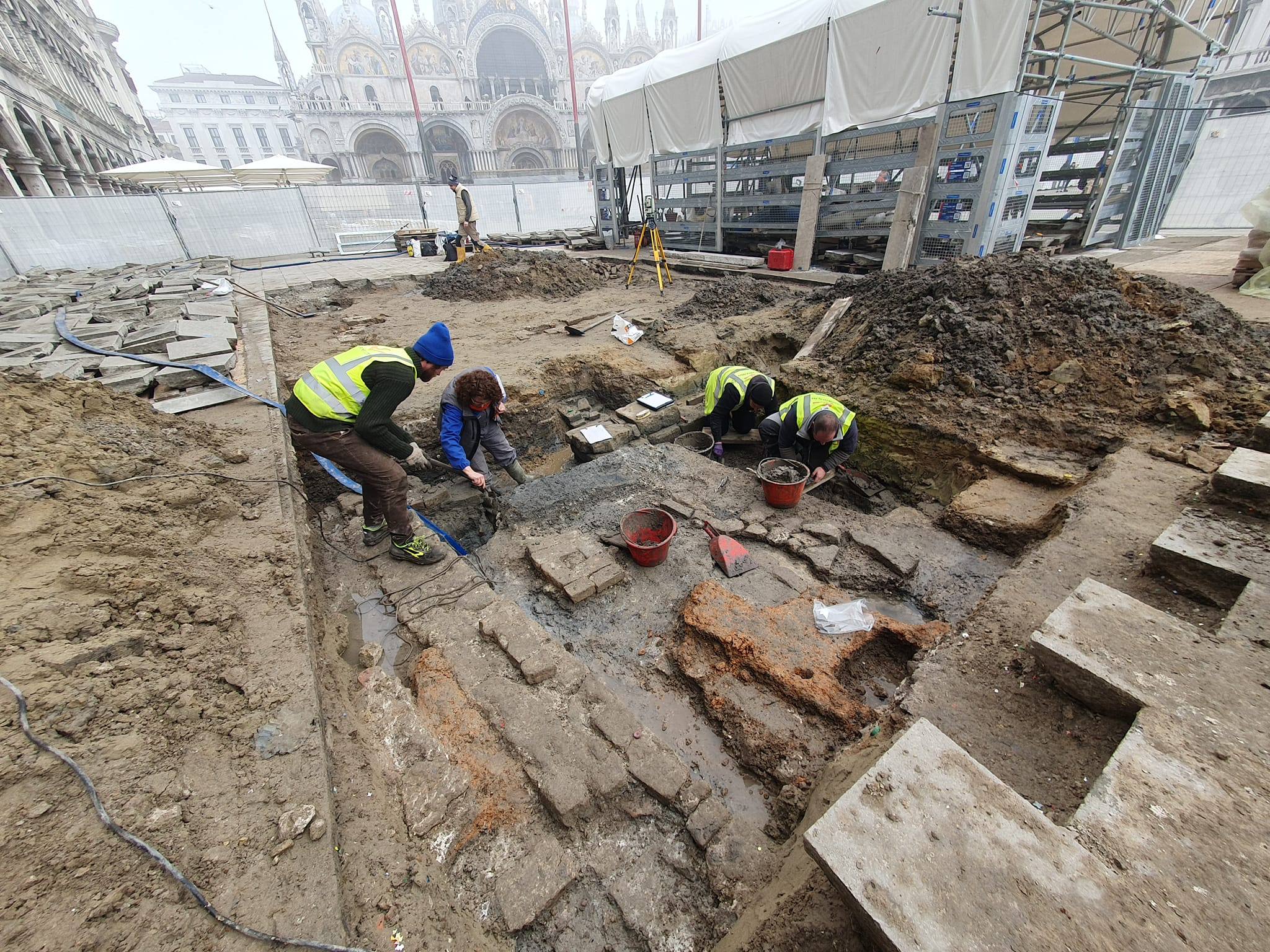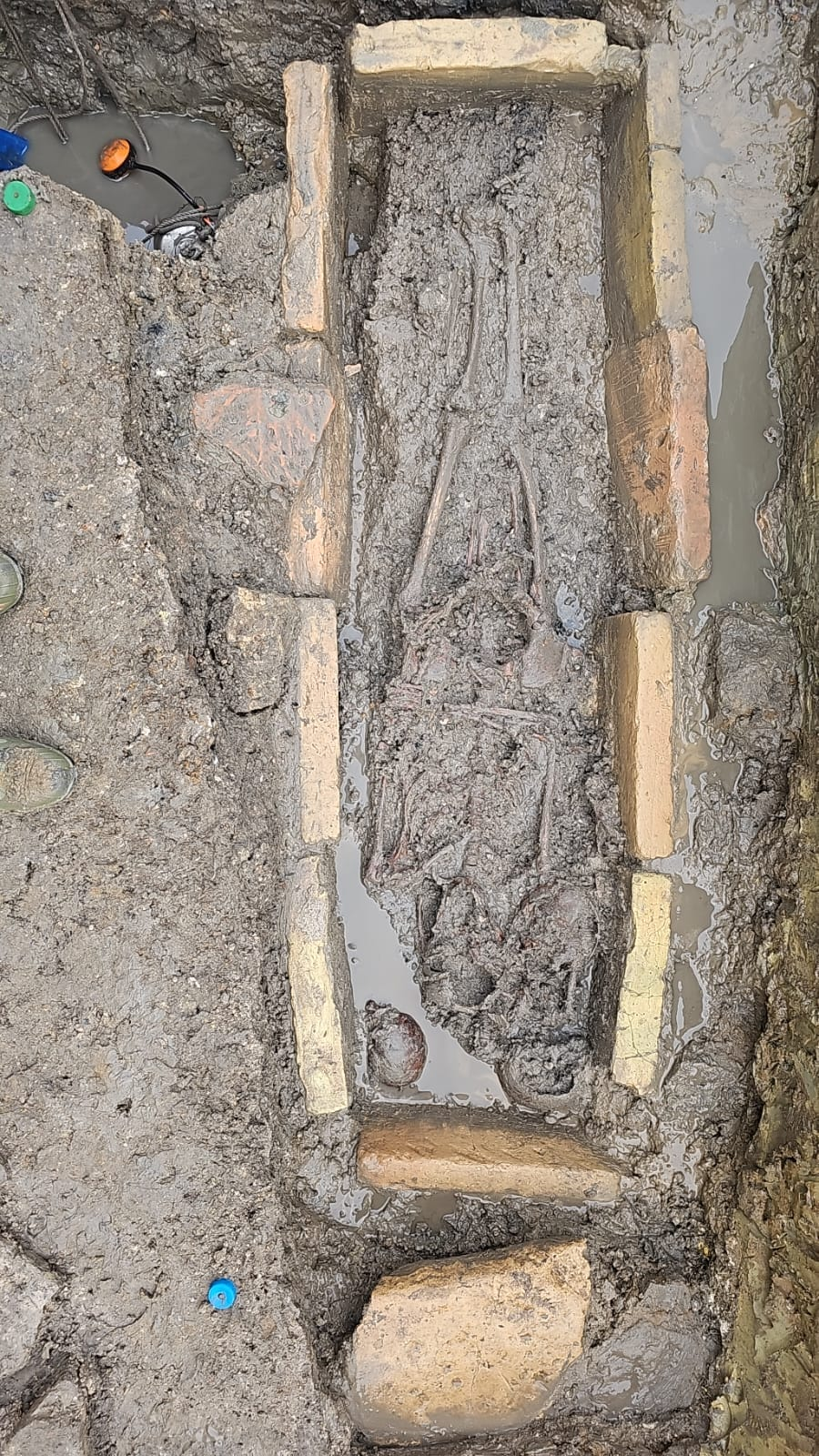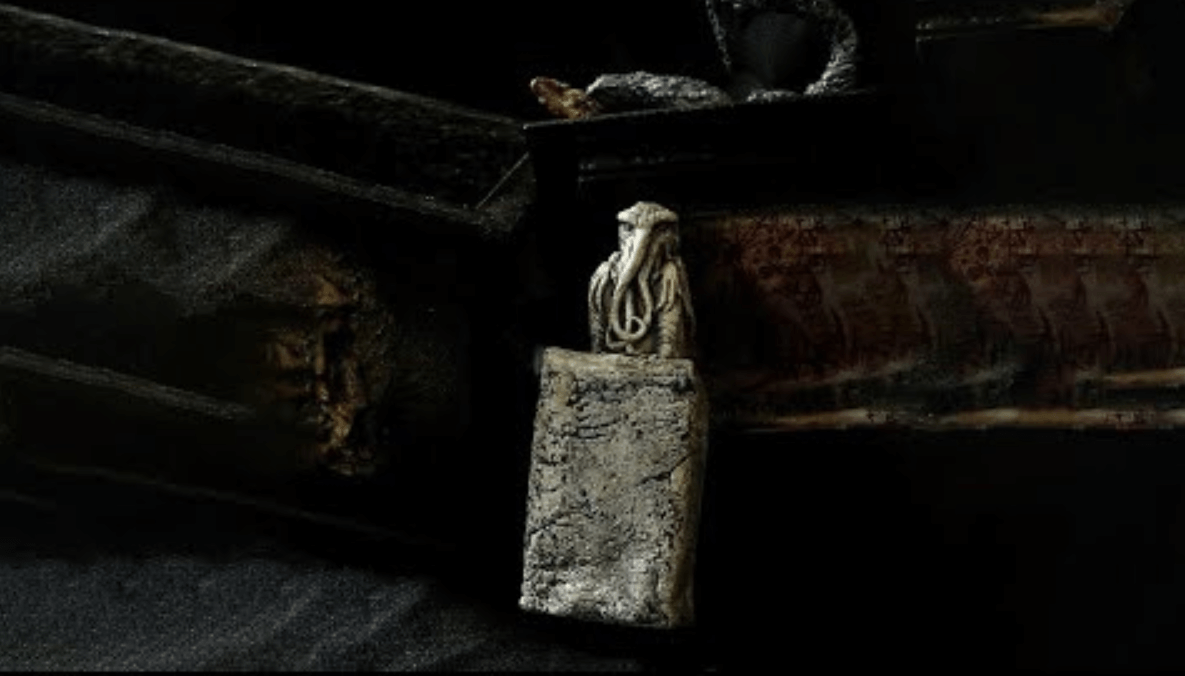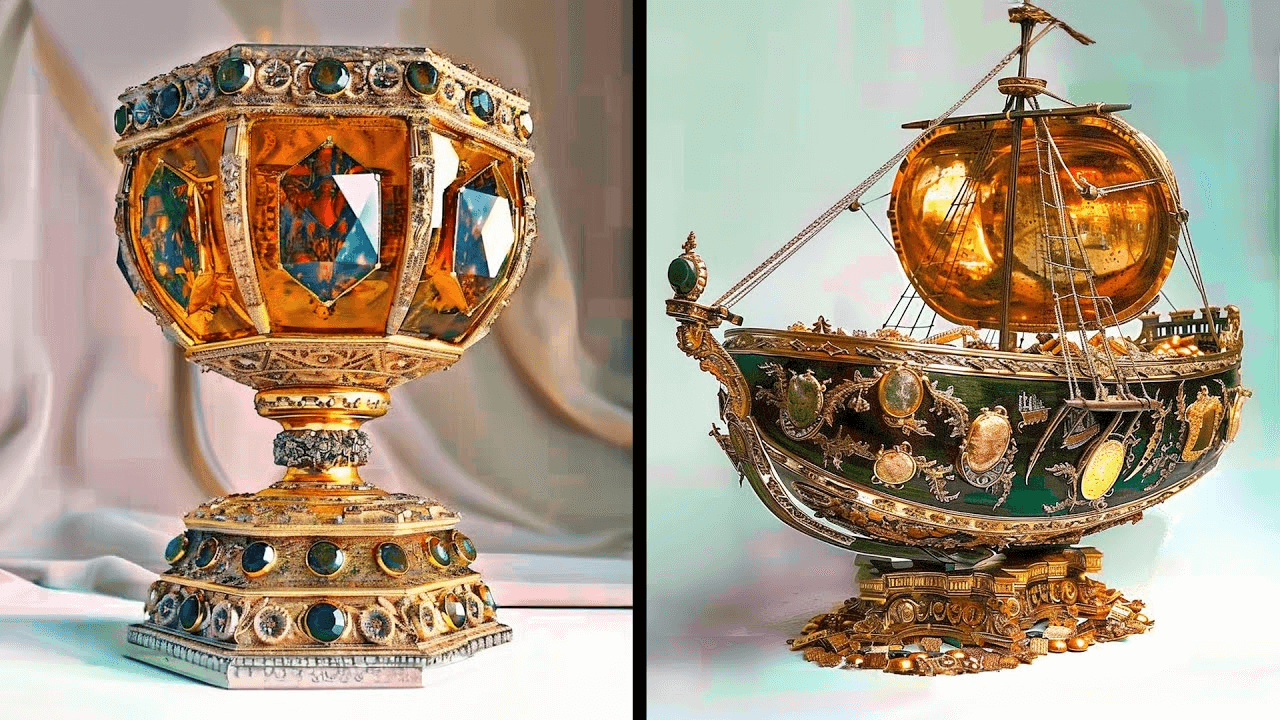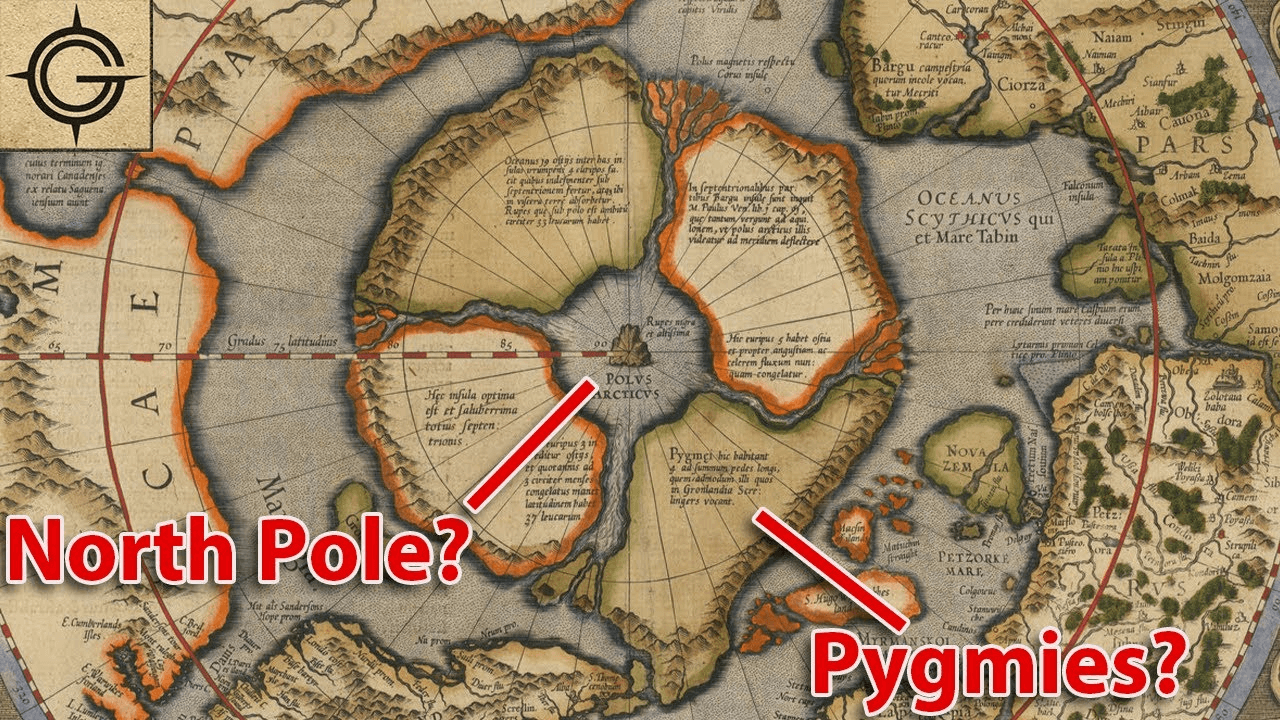In a groundbreaking fusion of technology and archaeology, AI in Archaeology emerges as a transformative force, poised to unlock some of humanity’s most ancient enigmas. With the recent triumph in the Vesuvius Challenge, where AI engineers deciphered charred Greek passages from an ancient scroll, the field stands on the cusp of a revolutionary breakthrough. This marks the dawn of a new era, where AI takes center stage in unraveling the secrets of antiquity, offering unparalleled insights into civilizations lost to time.
The Ascendancy of AI in Archaeology
The Vesuvius Challenge stands as a watershed moment, demonstrating AI’s remarkable potential in decoding ancient texts. Led by a team of AI engineers—Youssef Nader, Julian Schillinger, and Luke Farritor—the competition digitally restored 15 columns of text from a charred papyrus scroll, granting a virtual glimpse into the past.
This feat owes much to computer scientist Brent Seales, whose pioneering Volume Cartographer tool utilizes AI to digitally unwrap ancient scrolls. By harnessing synchrotron scanning technology, Seales revolutionized the process of deciphering fragile scrolls, once deemed insurmountable. This breakthrough accelerates the arduous task of translating ancient texts, opening unprecedented avenues for archaeological inquiry.
Unveiling Ancient Enigmas Worldwide
Seales’ technology transcends Herculaneum’s confines, promising to unearth mysteries worldwide. From the cryptic Dead Sea Scrolls to sealed Egyptian papyri and timeworn medieval manuscripts, AI offers a tantalizing glimpse into forgotten civilizations. Moreover, AI’s application extends beyond archaeology, with potential in restoring deteriorating film reels and negatives, fostering cultural preservation.
As scholars meticulously translate newly unearthed texts, the journey into the past assumes a sacred significance. Just as the ancient scroll implores, “May the truth be evident,” the quest for knowledge transcends time, echoing humanity’s perennial pursuit of understanding. As AI continues to unveil ancient truths, one ponders the myriad secrets awaiting discovery in history’s silent corridors.
Exploring AI’s Boundless Potential
In archaeology’s ever-evolving landscape, AI emerges as an invaluable ally, offering unparalleled insights into ancient mysteries. The Vesuvius Challenge heralds a new era of digital exploration, infusing the past with purpose and possibility. Yet, amid technological triumphs, one must reflect on the profound implications of uncovering ancient truths. As humanity embarks on this quest, guided by the light of knowledge, may we honor the ancients’ wisdom: “May truth prevail.”


